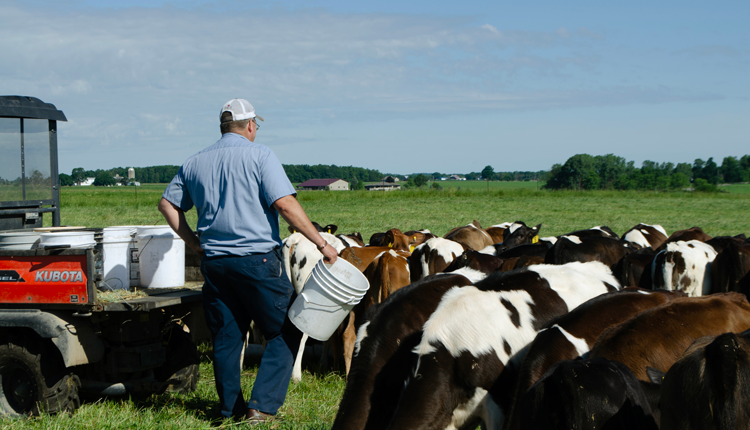Three reports came available recently. So, instead of focusing on one topic, today we will touch on three.
Last week, the Dairy Industry Advisory Committee (DIAC) met in Washington and reviewed a final draft of its recommendations. There are 20 some recommendations that will made to the Secretary of Agriculture. Here are some that are most timely in terms of current dairy policy discussions.
The group recommended there be some type of growth management plan developed. It stressed that there must be a way for new producers to enter the business and existing producers to expand under the plan.
DIAC advocates continuing the MILC program with a per-farm cap. However, it suggested that there be a margin protection insurance plan available to larger dairies that are over the cap.
It suggested the price support be eliminated in favor of other safety nets, and that, if the program is continued, the trigger for purchases be based on margin, not just price.
The committee favored eliminating our current end-product pricing and recommended that some sort of competitive pay price be used to set federal order minimums.
It supported the 400,000 SCC limit and adoption of California's higher solids standards for fluid milk. (For more on DIAC recommendations see page 87 of the February 10 issue.)
Yesterday, USDA released the December Milk Production report with milk output being up 2.5 percent nationally (2.8 percent in the top 23 states). That represents a slowing in the rise of milk production. Nationally, milk output was up 3.3 percent in September (compared to a year earlier), 3.0 percent in October, and 2.8 percent in November.
December's gain came on a 1.8 percent rise in milk per cow and 0.6 percent more cows. The national cow count was 9.136 million, the highest since 9.159 million in August 2009. In the top 23 states, there 15,000 more cows than in November and 74,000 more cows that last December.
Among the top states, California was up 2.7 percent and Wisconsin was up 0.7. New York and Idaho were up 4.6 percent and 4.9 percent, respectively. Pennsylvania was up 1.8 percent, and Minnesota was unchanged.
Also, yesterday, USDA released its dairy outlook report. The bottom line is that the All-Milk Price in 2011 should be about the same as it was last year, around $16.50. However, feed prices will be higher, and the slimmer margins should limit gains in milk production. Both imports and exports during 2011 are expected to be lower than last year. The Class III price for this year is expected to average between $14.35 and $15.15. The Class III price averaged $14.41 during 2010.











